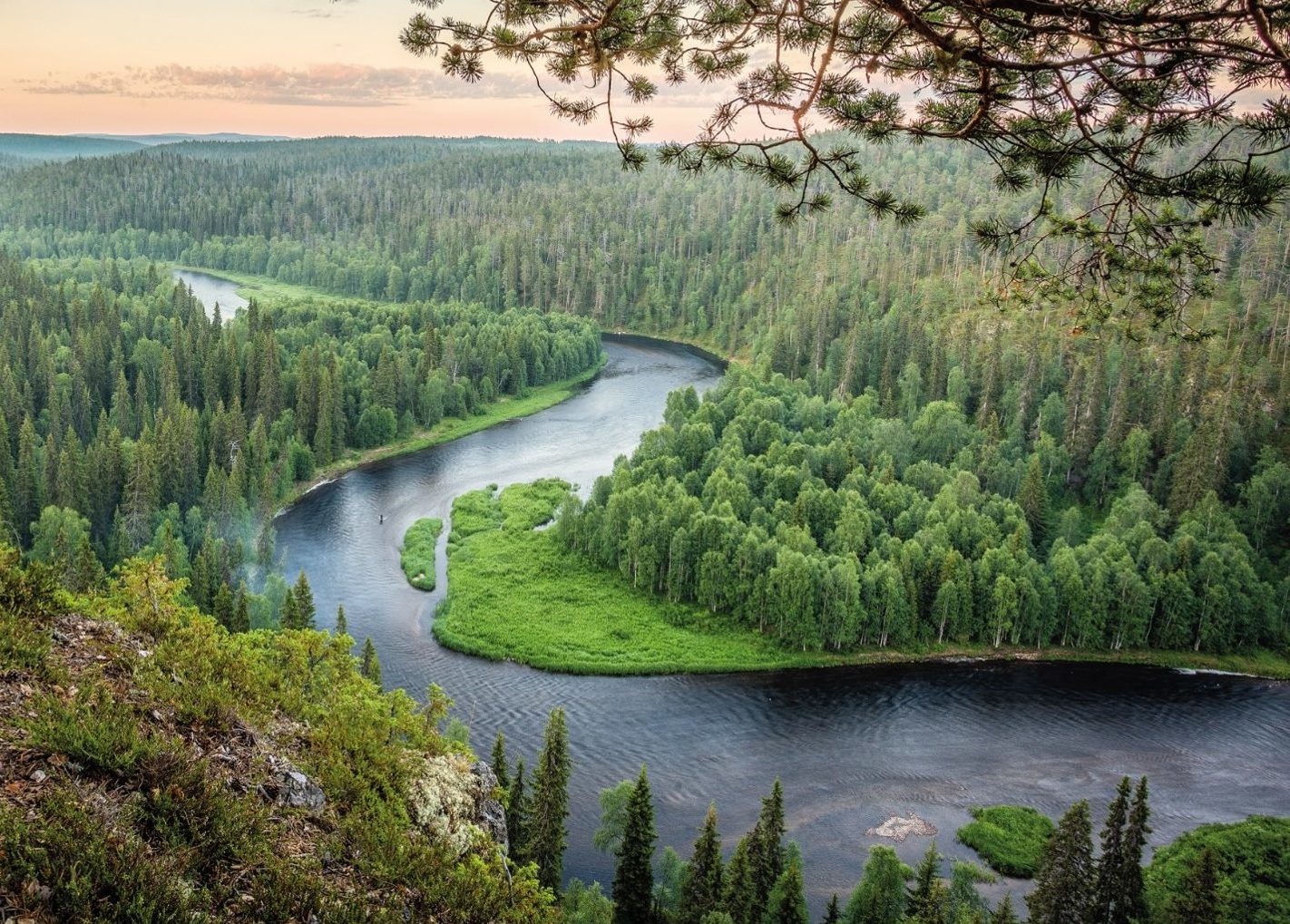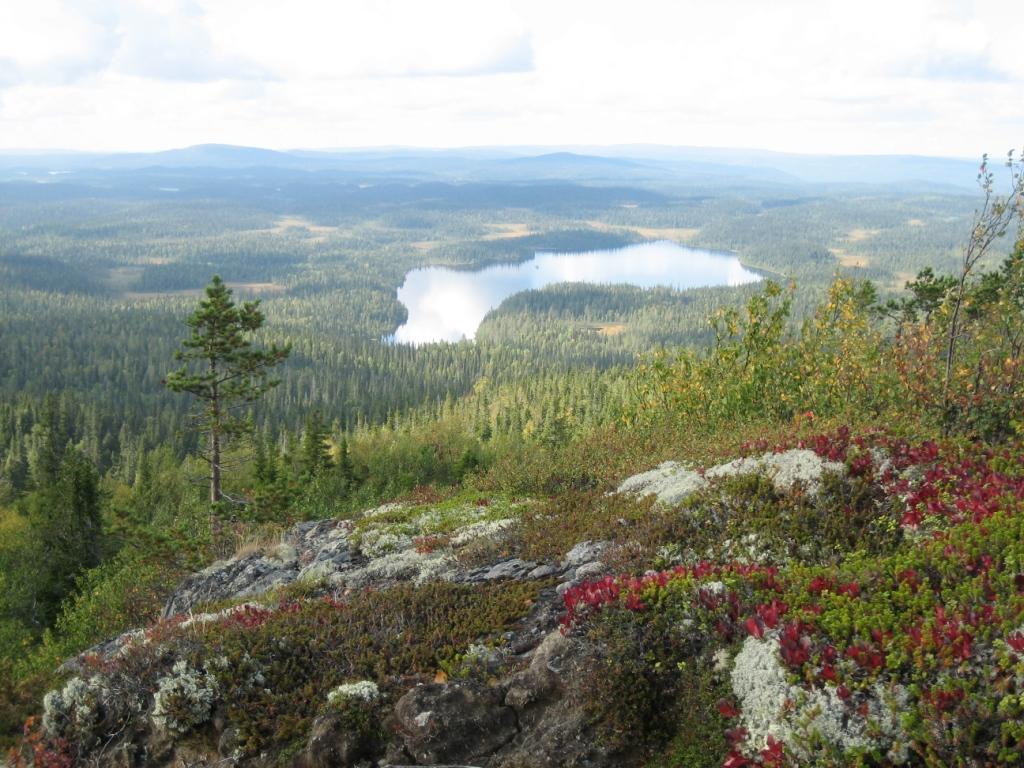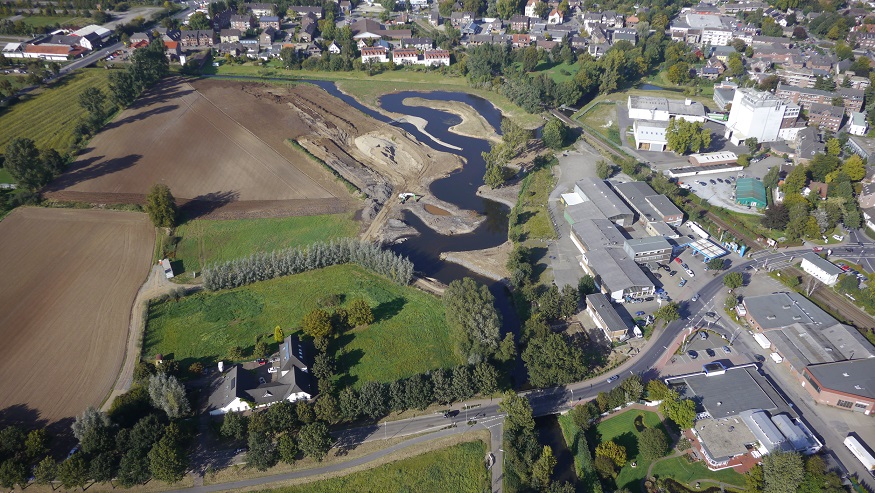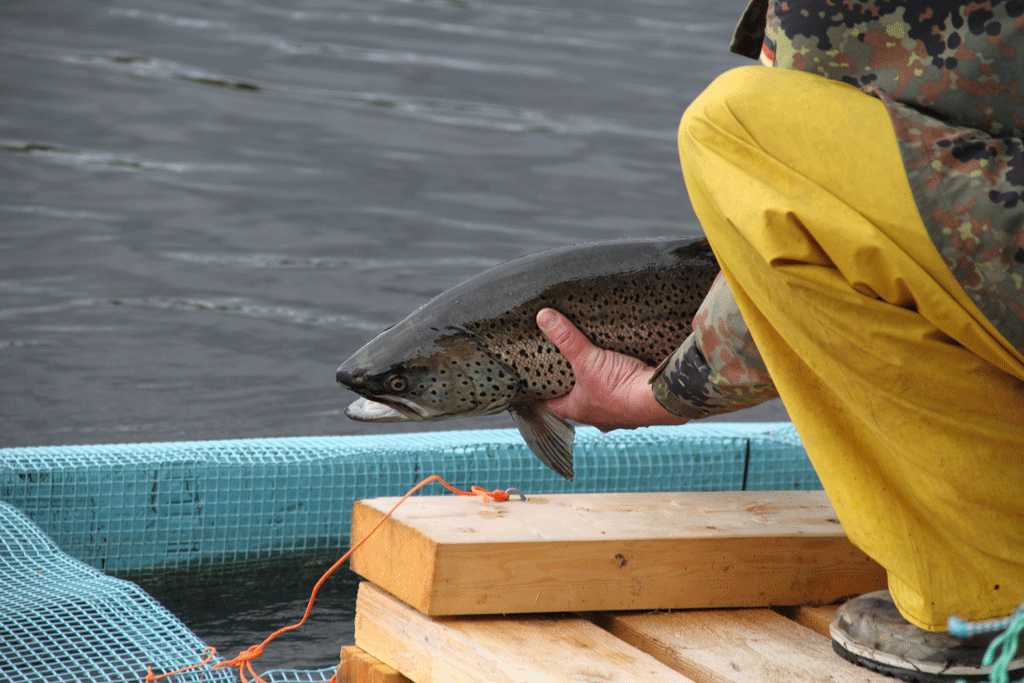Transboundary protected areas’ efforts in Green Infrastructure
Green Infrastructure is a strategically planned network of natural and semi natural features, that spans from wilderness areas to green roofs, targeting both urban and rural areas.
In its 2020 Biodiversity Strategy, particularly through Target 2, the EU considers Green Infrastructure to play an important role in protecting, conserving and enhancing the EU’s natural capital.
Protected areas are the natural cornerstones of a network of Green Infrastructure in Europe and especially transboundary protected areas and Green Infrastructures can be considered twins. They work hand in hand in order to conserve ecosystems and provide landscape connectivity. Indeed connectivity is a key word in both the Green Infrastructure Strategy of the European Commission and transboundary cooperation of protected areas.
EUROPARC is convinced that by working across international borders, transboundary protected areas make an important contribution to connecting habitats and herewith ensuring ecological connectivity between natural areas in different countries. They can therefore be seen as a vital knot for implementing the Commission’s Green Infrastructure Strategy, countering habitat loss and fragmentation in Europe. The material provided here will help you learn more about the work of EUROPARC’s transboundary parks and hopefully inspire you to new activities in your area.

Overview
Videos
A partnership for the future: The GreenInfraNet project
Prepared by the Green Infrastructure Network, this video introduces the various activities carried out by each of the 11 partner regions in order to promote the development of green infrastructure in Europe. The partners hope to encourage policy makers, national and regional authorities, civil society organisations and private companies to cultivate natural assets in order to promote a more integrated, inclusive and resource-efficient society in line with Europe’s 2020 Strategy. The GreenInfraNet project was co-financed by the EU’s European Regional Development Fund and made possible by the INTERREG IVC Programme.
Downloads
-
Protected Areas: Providing Natural Solutions to 21st Century Challenges
Protected areas, when integrated into landuse plans as part of larger and connected conservation networks, including promotion of “green” infrastructure, offer practical, tangible solutions to the problems of both species loss and adaptation to climate change.
-
The Multifuncionality of Green Infrastructure
Science for the Environment Policy. In-depth report
-
Green Infrastructure: a factsheet from CEEWeb
A healthier future, with a little help from our nature. Green infrastructure integration into the health sector.
Network of habitats: enhancing connectivity
Transboundary parks linking nature areas to create network of habitats
Europe has a fragmented landscape which is under increasing pressure from competing land use demands, climate change and insufficient management. Greater ecological coherence, increased protection for biodiversity and improved sustainability for our natural and cultural heritage and its resources are urgently needed, in order to protect our life support system.
The European Commission highlights the importance of natural cross-border features, like international river basins, forests and mountain ranges to ensure greater connectivity in Europe’s highly fragmented landscape. They are therefore an essential part of the continent’s Green Infrastructure and many of them belong to or lay in a transboundary protected area: like the Danube, large forests as in Bavarian Forest and Šumava or the Massif of Giant Mountains.
Transboundary protected areas can therefore be considered cornerstones of a healthy European network of habitats. Find some examples of their valuable work reconnecting individual parts of our natural capital in the case studies presented below.
Case Studies
Management of cross-border waters
Europe's blue lifelines: joint efforts for a common good
International river basins form an important part of Europe’s Green Infrastructure. They offer natural solutions that are beneficial for nature and people, by e.g. providing a habitat for aquatic species, the supply of drinking water or mitigation of climate change effects.
Interest in good water quality in streams and rivers is therefore growing on a national and international level. The European Water Framework Directive sets out strict guidelines that all countries need to comply with. Good cooperation between different stakeholders and across borders is essential to support the implementation of these guidelines.
Transboundary protected areas have experience working with different national legislation. Hence they are perfectly situated to foster collaboration between a variety of interest groups on a European scale, from local communities to water syndicates or farmers. Get inspired by their contribution to preserve Europe’s blue lifelines.
Case Studies
Videos
The Danube River Basin and the ICPDR
Information on the Danube River Basin, its ecological resources and water management in balance with social and economic needs through the International Commission for the Protection of the Danube River (ICPDR).
This toolkit was useful for you? Great!
Keep updated on transboundary parks and green infrastructure by submitting your contact details here.



